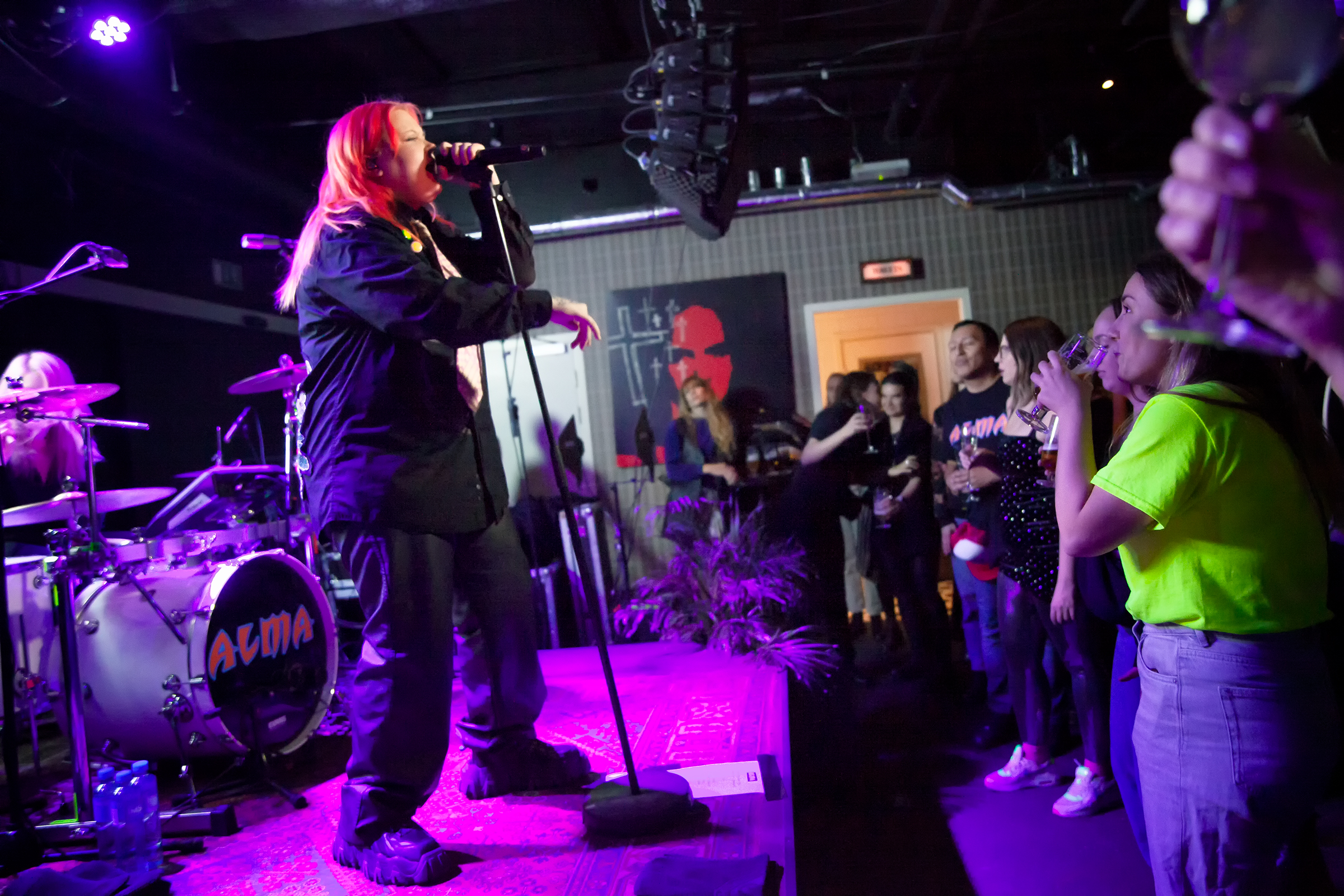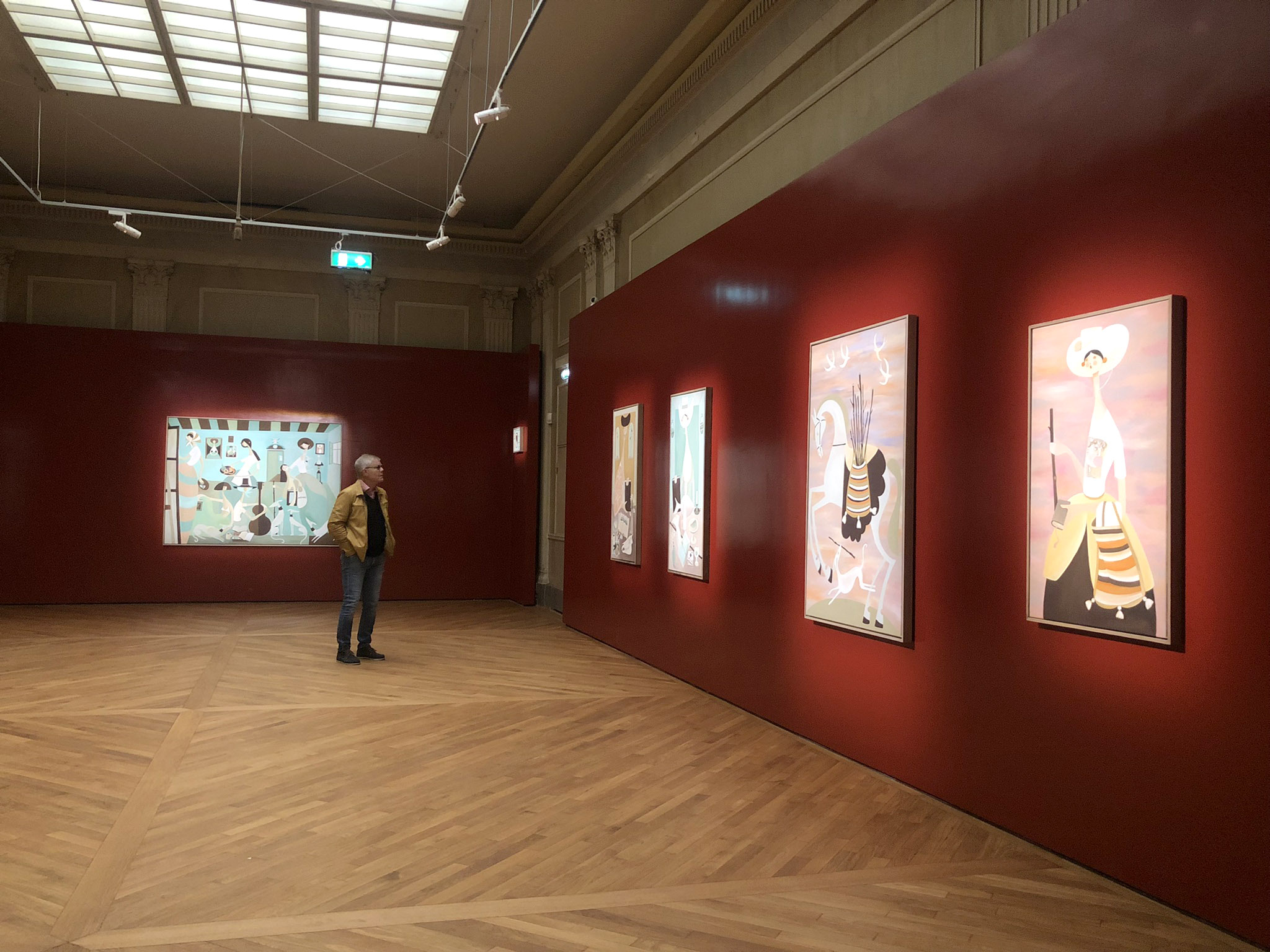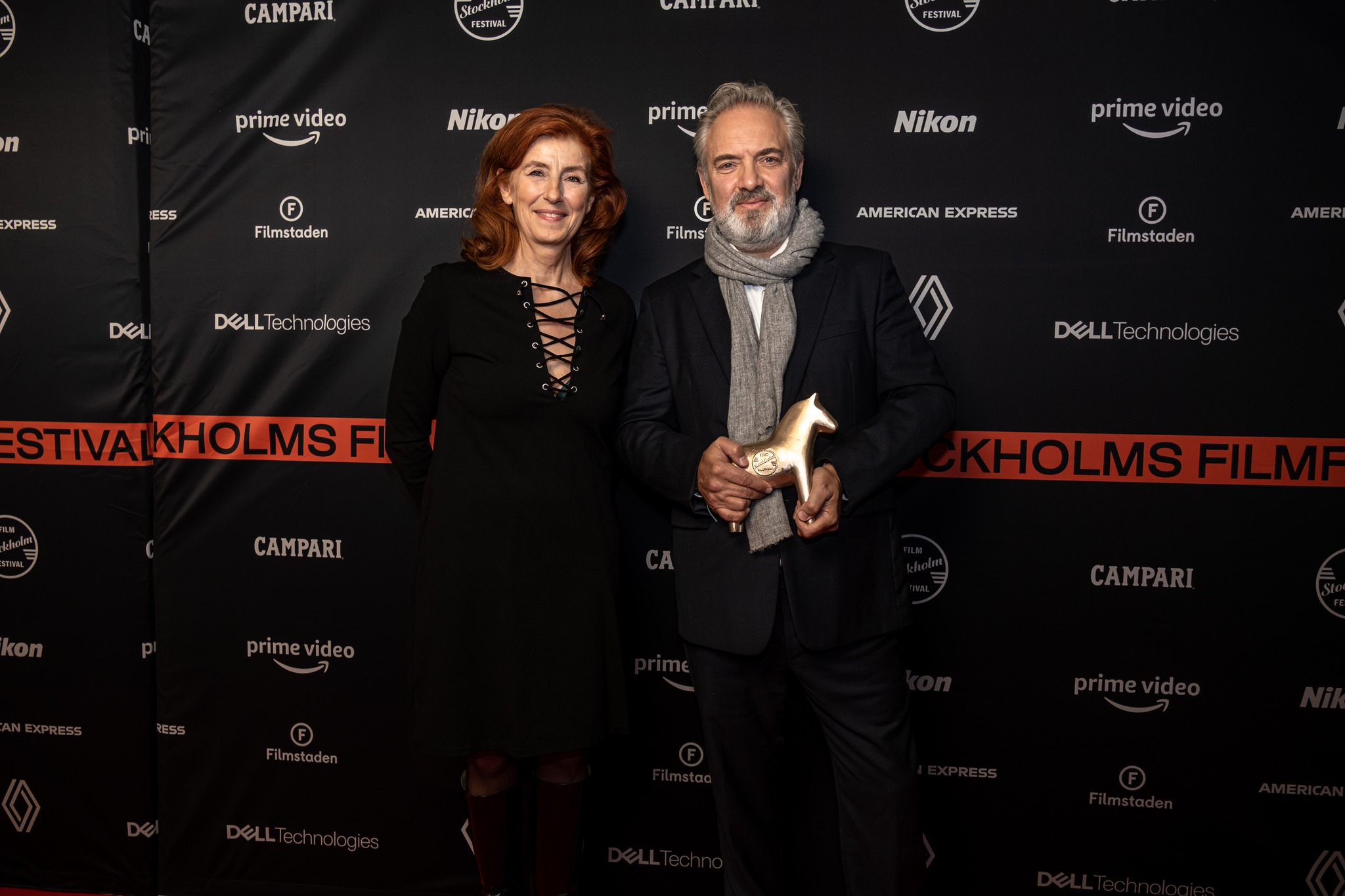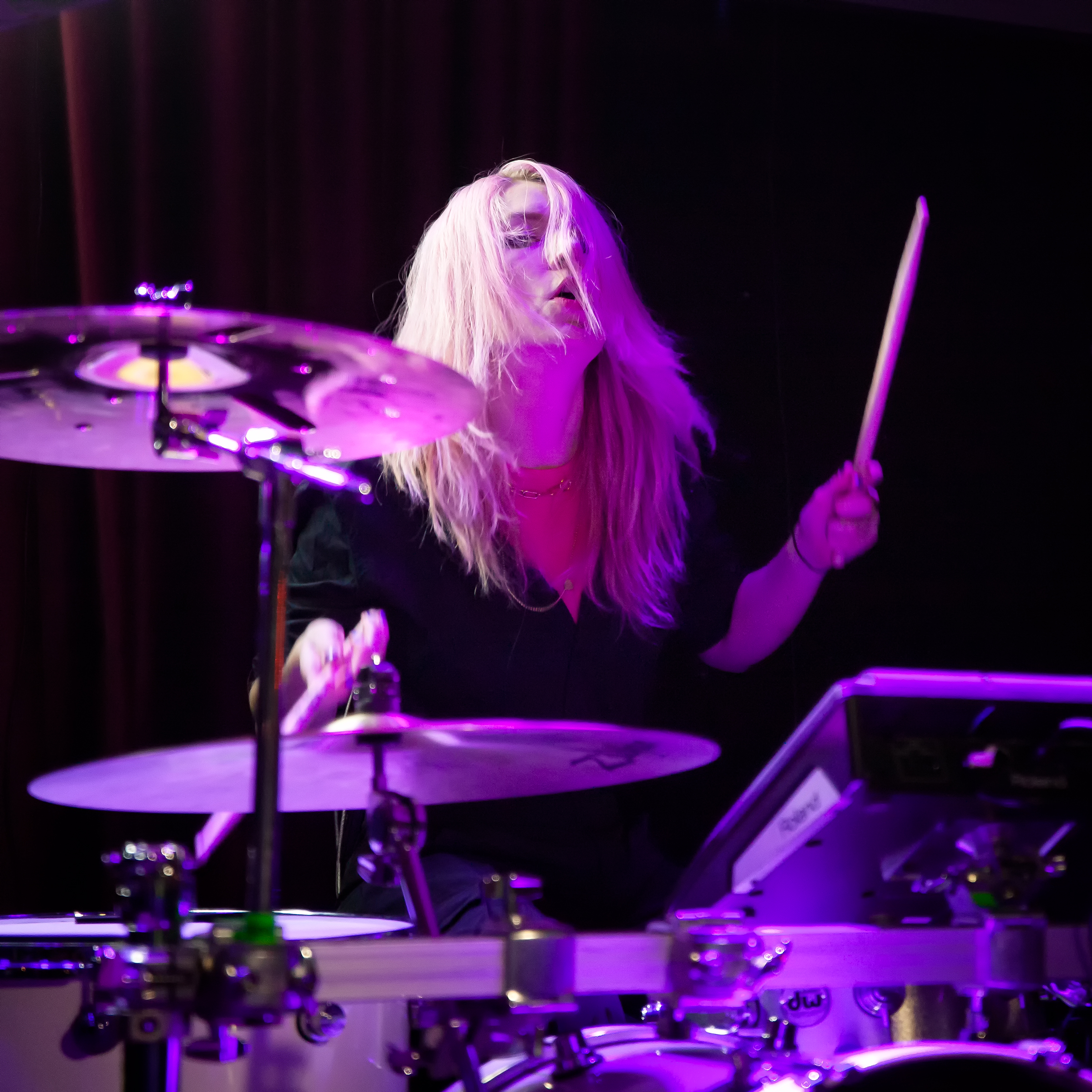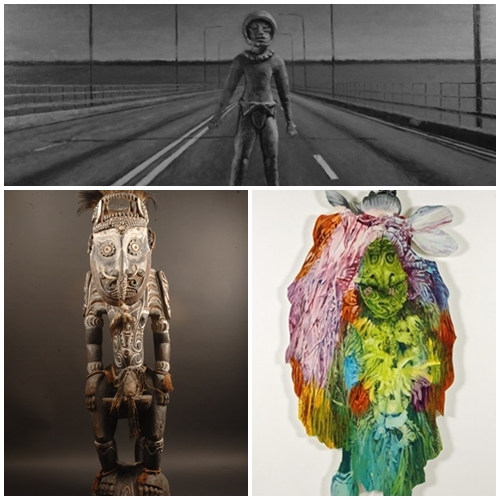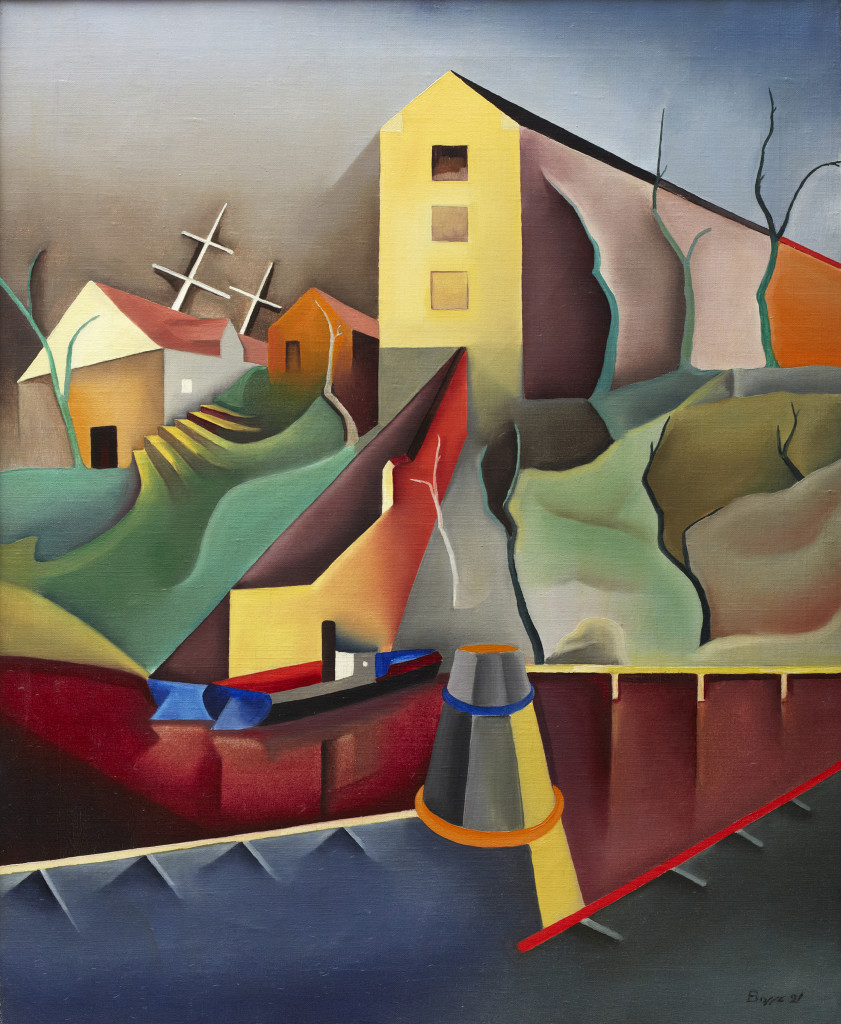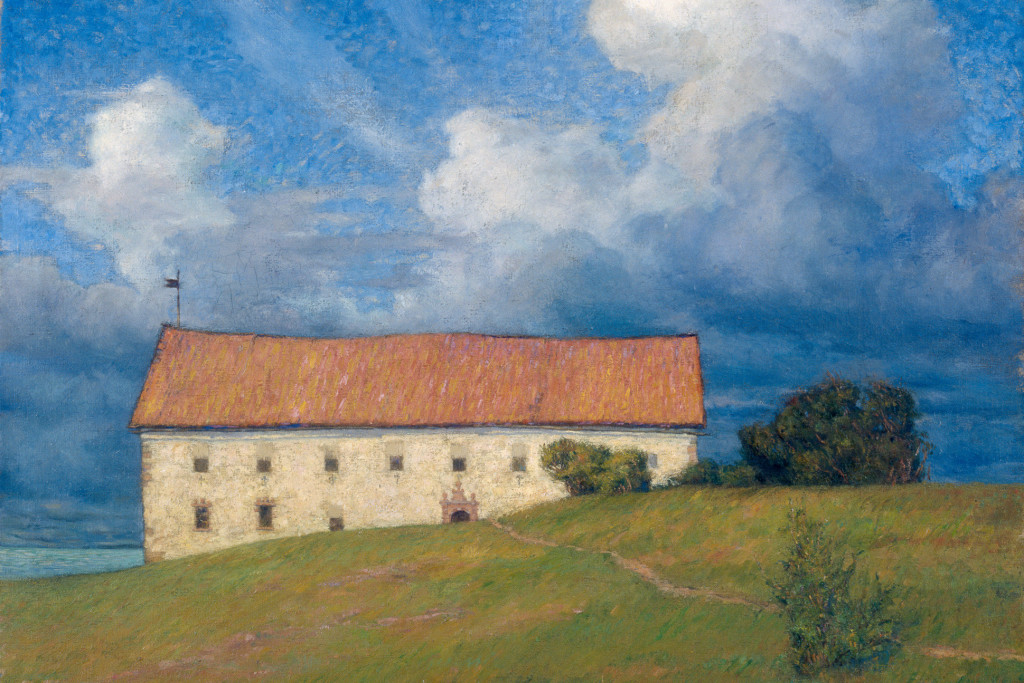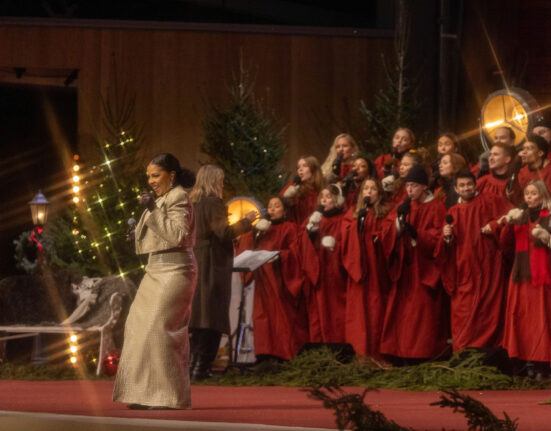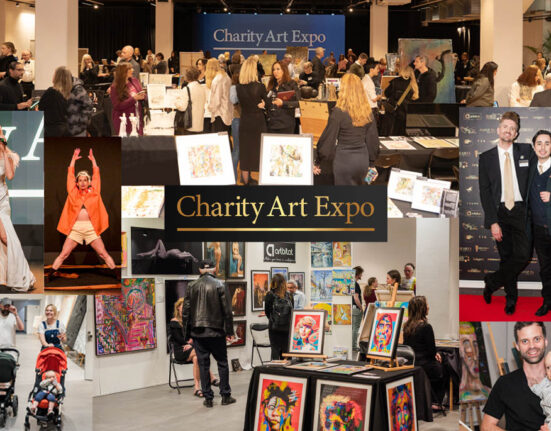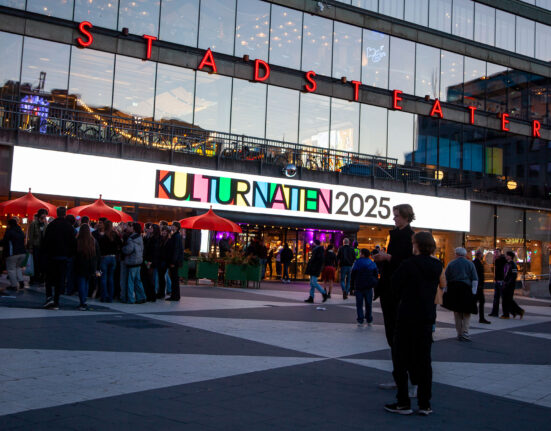The burst of summer sunshine heralds a matching eclectic selection of art exhibitions for June. Spanning continents and the passage of time, this month’s picks dwell within the historical, the psychological, the social, the cultural, the religious and the political; giving insights into why artists create the art they do, and why patrons support specific artistic practices, favour certain artists and collect particular works of art.
In conjunction with ArkDes, Moderna Museet opens the exhibition “Yayoi Kusama – The infinity” by filling its garden with concerts and the installation “Ascension of Polka Dots on the Trees of Yayoi Kusama” in a collaboration with the festival Stockholm Music & Arts.
Yayoi Kusama is one of the world’s most prominent contemporary artists, renowned for her works in which dots are repeated indefinitely. Her original imagery comes from recurring hallucinations she had since childhood; of a world in a grid of dots and multiple forms, like an endless starry sky. Her art became her way of giving concrete form to these inner landscapes.
This first comprehensive exhibition commemorating the Japanese artist’s great interest in fashion and design showcases her own fashion label “The Nude Fashion Company”, along with works from the acclaimed collaborations she has done with Louis Vuitton in 2012 and Design Collective Graph in 2000.
When Kusama’s art also includes trees, the poetic and psychedelic in her vision is blended together with nature’s own mystery. “Ascension of Polka Dots on the Trees” is a work that she has installed in several places in the world: Singapore, London, Aix-en-Provence and Moscow.
And as a related foretaste to the Stockholm Music & Arts, the museum’s garden is the stage for the following concerts:
- 8 June, 19:00 – Maia Hirasawa
- 15 July, 19:00 – Lina Nyberg
- 15 July, 20:30 – José González
- 29 July – Patti Smith, Cherrie, Loney Dear & Mohammed Ali
- 30 July – Patti Smith, Naomi Pilgrim & Johanan Winter Street
- 31 July – Patti Smith, Nicole Saboune & Max Jury
Exhibition: Yayoi Kusama – The infinity
When: 11 June 11 – 11 September 11
Where: ArkDes and Moderna Museet, Exercisplan 4, Skeppsholmen, Stockholm
New works by the ars viva award 2016 recipients – Calla Henkel & Max Pitegoff, Flaka Haliti and Hanne Lippard – are exhibited in Index.
Biography and an investigation of contemporary subjectivity in relation to present-day social and political conditions are important aspects of these works; observing what effects an increasing formatting of the self and the continuous adaptation of appearance and behavior have on personal and professional relationships.
In an impressively objective, poetic and humorous way, the artists examine their own roles within their social, discursive and urban contexts. Introducing displacement at the interface between subjectivity and projection, they discuss questions of representation, isolation and proximity, capitulation and resilience.
Awarded to emerging artists since 1953 by the Association of Arts and Culture of the German Economy at the Federation of German Industries, the ars viva prize for visual arts is one of the most prestigious awards for young artists in Europe. And this association is the oldest institution for entrepreneurial support of the arts in Germany, being founded in 1951 to support a critical aesthetic discourse after the war.
Exhibition: Flaka Haliti, Hanne Lippard, Calla Henkel & Max Pitegoff: ARS VIVA 2016
When: 11 June – 21 August
Where: Index – The Swedish Contemporary Art Foundation, Kungsbrostrand 19, 11226 Stockholm
Tony Cragg, one of the art world’s most acclaimed artists, is holding a unique monumental sculpture exhibition on the grounds of The Royal Djurgården. Initiated by Prince Daniel – the Duke of Västergötland and the husband of Crown Princess Victoria of Sweden – and arranged by Galleri Andersson/Sandström in collaboration with the Royal Djurgården Administration, five grand artworks are on display in an environment where they are presented best.
The artistic clout of these powerful sculptures is founded in a distinct visual language with astonishing material properties. And they may, at first glimpse, look like they have been designed by nature itself over thousands of years.
Since his breakthrough in 1979, this Germany-based English sculptor has received the Turner Prize, the ‘Nobel Prize’ of the Arts, and the Praemium Imperiale Prize for Sculpture, the First Class Order of Merit of the Federal Republic of Germany, the Order of Arts and Letters in France, an Honorary Doctorate of the Royal College of Arts and the Artist’s Medal of Honor of the Hermitage in St Petersburg.
Exhibition: Tony Cragg At Djurgården
When: 5 June – 28 October
Where: The Royal Djurgården, Djurgården, Stockholm
During one period in his career, the American artist Donald Baechler was associated with the East Village scene in New York, with names such as Jean-Michel Basquiat, Keith Haring and Julian Schnabel. This environment held a fascination for the alloy between the iconography of pop art and the intensity of neo-expressionism, an interest where Baechler was predominant. Hence, his examination of the representation of cultural icons are marked by a form of anti-aesthetics and has an emerging interplay between abstraction and figuration in the images’ surface, and with a distinct style and cunning witty sense of humour.
Hidden under the supposedly childish or seemingly simple, his works are consequently a hybrid-like complex of references and concepts. Yet they may first and foremost be linked to Matisse’s and Giocometti’s thoughts about the creative process.
Matisse believed that “one must always investigate what the line is striving for, search for the point where it wants to enter or fade away”. So Baechler charges or soils the canvas with miscellaneous, already existing cultural material; such as textiles, silkscreen prints, projected and copied amateur drawings, and other elements of collage; forcing the line in different directions over the canvas.
Giocometti upheld that “first you must succeed in destroying everything and then very quickly remaking it again, from the beginning”. Thus Baechler creates a compelling foundation for a process bound for mistakes and new attempts; one that makes lines and colours unwilling to follow his intentions, provoking perpetual retakes – an essential dilemma for painting. Undoubtedly, formalist considerations about drawing, composition, and the behaviour of colour on the demarcated surface become central to his oeuvre.
Exhibition: DONALD BAECHLER – Early Works
When: 2 June – 2 July
Where: Lars Bohman Gallery, KARLAVÄGEN 9, 114 24 STOCKHOLM
Traditional tribal African and Oceanic art speak to us in a contemporary way; having inspired and influenced many generations of artists in the Western World; like Pablo Picasso, Paul Klee, Ernst Ludvig Kirchner, Niki Saint Phalle, A.R. Penck, Keith Haring and Marlene Dumas.
In this group exhibition contemporary art meets tribal art in a new way – a visualization of the past meeting the present in order to see how it fits in today. Several objects and sculptures under the provenance by Henning Throne-Holst, Director at the chocolate factory, Marabou AB, during the early 1900s, are displayed alongside works by contemporary artists Tom Bogaard and Per Ivar Lindekrantz.
This part of The Marabou Collection is, hence, viewed from their alternative interpretations of tribal objects in new contexts: Bogaard is inspired by his uncle’s journeys to foreign worlds as an explorer while Lindekrantz gets his from ethnographic museums around the world.
This may, in turn, shed light on the full meaning of the tribal objects in this antique collection, first shown at Galerie Pierre in Stockholm in 1964; like why the birth of a child, a wedding or a manhood ceremony could require particular dresses and masks, and why myths and fairy tales are entwined with older sculptures made of wood, animal hair and blood.
Exhibition: Contemporary Art Meets Tribal Art
Artists: Tom Bogaard and Per Ivar Lindekrantz
When: Till 18 June
Where: Domeij Gallery AB Contemporary Art, Luntmakargatan 52, 11358 Stockholm
In the group exhibition by the Master of Fine Art students from Valand Academy’s photo programme, a strong interest in the passing of time and processes of memory is a common thread; often in relation to personal experiences and questions of identities but also connected to particular places and historical situations. There is also a focus on beauty and decay, although the borders are often hard to tell; with materiality in different forms made present through experimentations with surfaces and light, as well as the textures of the medium itself.
At the same time, their works exemplify what young artists today create by looking through the lens of a camera; with images that are less captured in the moment of exposure than are constructed and examined in post-production.
The Master of Fine Art Programme in Photography at Valand Academy, in the University of Gothenburg, has a fine arts profile, viewing photography as a medium for investigating and visually expressing contemporary aesthetic and political issues. Thus focusing on the possibilities afforded by the photographic image and emphasizing a dual focus on the student’s creative work and a critical reflective dialogue.
Exhibition: Examined & Exposed | 8 Master Students from Valand Academy’s Photo Programme
Artists: David Arnar Runólfsson, Ylva Bengtsson, Maria Buyondo, Hannah Giles, Malin Griffiths, Katarina Grip Höök, Anja Linnea Hellström and Klara Källström
When: Till 11 June
Where: Cecilia Hillström Gallery, Hälsingegatan 43, Stockholm
The veil and different types of sweeps are found in many cultures. From the bride’s veiled face to the married woman covering their hair to completely covering the dead and the body with sweeps, the fabric stands as a symbol of transition between clean and unclean, exalted and profane. Unsurprisingly then the history of art has veil and sweeps articulated countless times.
The veiled body has long been a central figure in Aidan Salakhova‘s works. With their playful erotic works containing traditional and religious symbols and references, the Moscow and Carrara based artist, with roots in Azerbaijan and Russia, wants to discuss and challenge patriarchal structures in relation to inherited ideas about women and their social role in society.
Her interest in the veiled body and its different meanings has fed her curiosity about the power the woman gets behind the fabric. Knowing that the West often perceives the veiled body as oppressed, she wonders if its ability to let one escape the scrutiny of others in fact frees the veiled to scrutinize them instead.
In her exhibition we meet the veil differently draped in her sculptures and drawings, as well as a large wall piece “Wailing Wall” – of 80 teardrop-shaped sculptures forward carved from marble. Here she investigates two differing issues concurrently; dwelling on the transition between the earthly and the sacred, with water symbolic of the cleansing that must be done before such a transition is possible; while thinking of the tears shed by women facing male violence in their own homes.
Exhibition: Wailing Wall
Artist: Aidan Salakhova
When: Till 1 July
Where: Wetterling Gallery, Kungsträdgården 3, Stockholm
Just what has happened in the art world in Sweden since 1986? The group exhibition by the Maria Bonnier Dahlin Foundation offers a unique overview of this Swedish art history as it showcases artworks by all its 79 grant recipients.
Established by Jeanette Bonnier, in memory of her daughter Maria, who lost her life in 1985, at age 20, while involved in the young art scene, the foundation has consistently looked for the new and innovative, and supported young artists who work within a wide variety of methods and expressions.
The exhibition, therefore, includes a broad spectrum of paintings, sculptures, videos, drawings, subjects and installations; all purchased by the foundation from the artists as they were awarded the grant.
Each work offers a snapshot of a specific artistic practice and time, but together they also embody the developments in Swedish art over three decades. What was cutting edge in the 1980s and 90s is now cultural history, even considered cultish. Working conditions have altered, influences have shifted and digital advancements have created a radically new framework for art and artists.
Exhibition: Collected Works! 30 years with the Maria Bonnier Dahlin Foundation
When: Till 28 August
Where: Bonniers Konsthall, Torsgatan 19, 113 90 Stockholm
Take a walk through the centuries by experiencing how artists have portrayed and interpreted the Swedish capital: from the first real depiction of Stockholm by an anonymous Dutch artist in 1630 to the contemporary paintings by Peter Tillberg, Jockum Nordström and Yngve Rådberg that infuse the city with mystique.
Hence, there is the first real Stockholm panorama by Elias Martin, skillfully captured from Mosebacke in 1783, revealing his love for the city’s dazzling scene of thousands of figures. And in the 1800s are veritably photographic depictions to freer interpretations of townscapes.
Artists also played an important part in recording the rapid growth of the region, of rows of houses that have sprung up along Strandvägen, of promenades along new esplanades like Birger Jarlsgatan and Valhallavägen, of new luxurious buildings on Östermalm, and of the working class district of Sibirien. All showcasing a skyline that still stood out against the remaining countryside, while Riddarfjärden is depicted with street lights like a string of pearls. And contours of barges emerge in the early morning light at Stockholm’s harbour.
Modernism entered the picture in the early 20th century, with Isaac Grünewald’s and Sigrid Hjertén’s paintings of Stadsgården while Einar Jolin captured the bustle of a skating-rink, and Nils Dardel painted the archipelago’s ferries along the quayside from a window at Berzelii Park. In the mean time, Gösta Adrian Nilsson dissolved the city into cubist facets as Hilding Linnqvist avidly portrayed Stockholm in Disa’s Dream, Eric Hallström rendered the early-morning city traffic at Tegelbacken, Torsten Jovinge recorded the city’s modernist architecture, and Sven X:et Erixon and Vera Nilsson the city’s meeting places.
And as demolitions began from the 1950s, the rapid changes in Stockholm are captured by the quick pen of Stig Claesson (Slas), the photographs of Lennart af Petersens, and the sketches of Lennart Rodhe and Lage Lindell.
Exhibition: STOCKHOLM BY ARTISTS
When: 16 June —18 September
Where: Sven-Harrys Konstmuseum, Eastmansvägen 10–12, 113 61 Stockholm
This summer Prince Eugen’s entire palace will be filled with paintings, sculptures and drawings from his own large collection of art; ranging from works by international masters such as Munch and Picasso to Swedish mood paintings from the turn of the 1900s, along with the most famous landscape paintings rendered by the Prince himself.
The Collection also contains many portraits, with a few celebrities notable in their time; like the poet Gustaf Fröding, authors Selma Lagerlöf and Verner von Heidenstam and a selection of the Prince’s artist friends. Included too are a repertoire of blue paintings of Stockholm and the countryside.
Prince Eugen Napoleon Nicolaus of Sweden and Norway, Duke of Närke (1865 – 1947) was a Swedish painter, art collector and patron of artists. He was the fourth and youngest son of Prince Oscar, Duke of Östergötland. Upon the Duke of Östergötland’s accession to the thrones of Sweden and Norway as King Oscar II, the Duke of Närke became fourth in line to the throne. However his primary interest remained in painting.
The Prince bought Waldemarsudde, on Djurgården in Stockholm, in 1899 and had a residence built there within a few years. After his death at Drottningholm Palace, he left Waldemarsudde and his art collection to the Swedish state.
Exhibition: A Passion for Art – Works from Prince Eugen’s Art Collection
When: 18 June – 25 September
Where: Prince Eugen’s Waldemarsudde, Prins Eugens väg 6, Djurgården, Stockholm
Information and photo credits: The respective galleries

